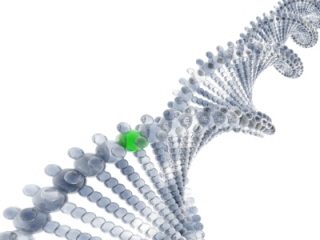
Last Thursday, Michael Neill, a noted genealogist and author of rootdig.com, posted an article entitled “Is DNA That Big of a Deal?â€
Mr. Neill, who states that he is “tired of all they hype†writes:
“While I admit there are times where DNA analysis can be helpful, in the vast majority of cases DNA does not provide the type of relationship precision we need. Knowing that two people are related “somehow” “somewhere” “an unknown number of generations back” is typically not the kind of information genealogists need.â€
He also believes that instead of spending money and effort on genetic genealogy, researchers should be digitizing and preserving records.
I agree with much of what Mr. Neill says – DNA doesn’t always work, DNA isn’t for all genealogists, and genealogists MUST help preserve endangered records.But, unfortunately, paper records don’t hold all the answers.I’ve always believed that genetic genealogy works best when it is combined with traditional genealogical research.Inside each one of my three trillion cells are a few strands of DNA that serve as records of their own – why shouldn’t genealogists get excited when exploring the most personal record they’ll ever find?
